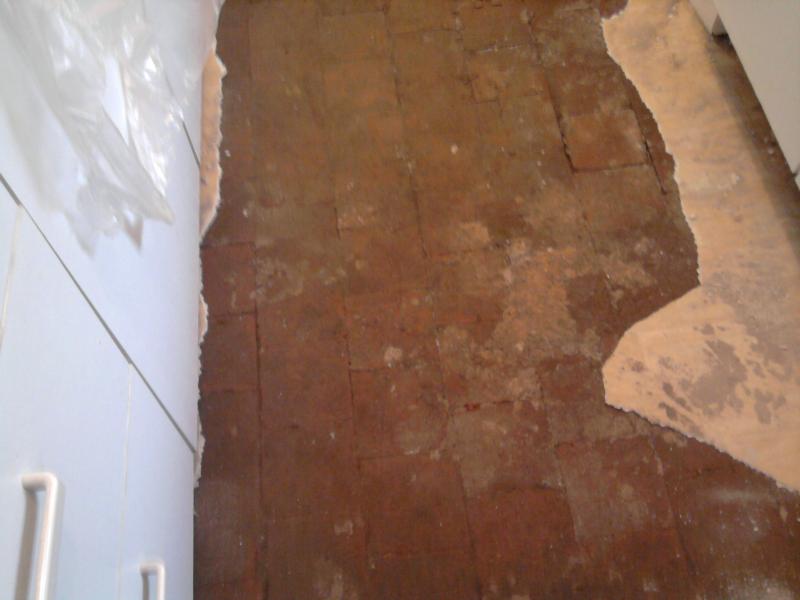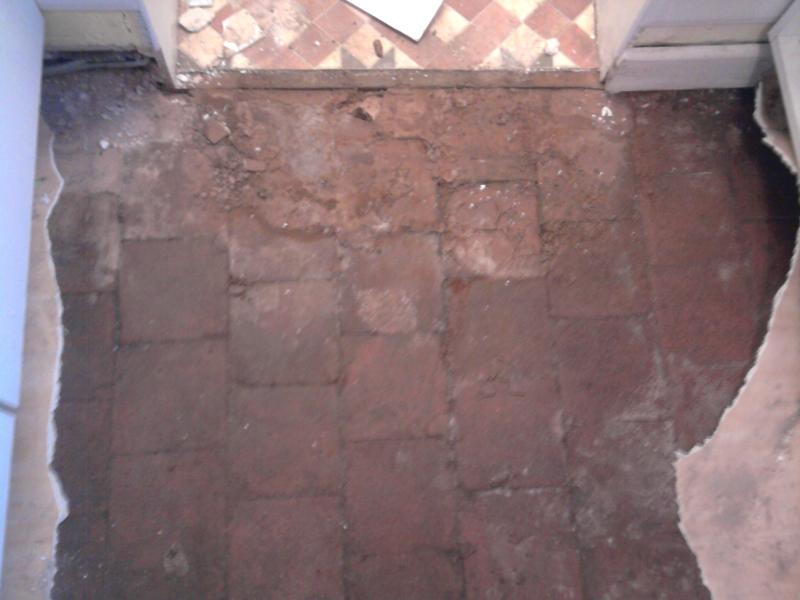I have just removed the vinyl (lino) from my kitchen floor. It is made of red tiles. As far as I know, they are laid on soil. When I lifted the lino, the underside of the lino and the floor is moist. I removed part of the lino a few weeks ago and that part dried pretty quickly. Is the moisture caused by damp? I am planning on putting some ply down and then lino on top. Would the moisture return if I cover the floor?
What would be best solution of stop the moisture from returning?
What would be best solution of stop the moisture from returning?



